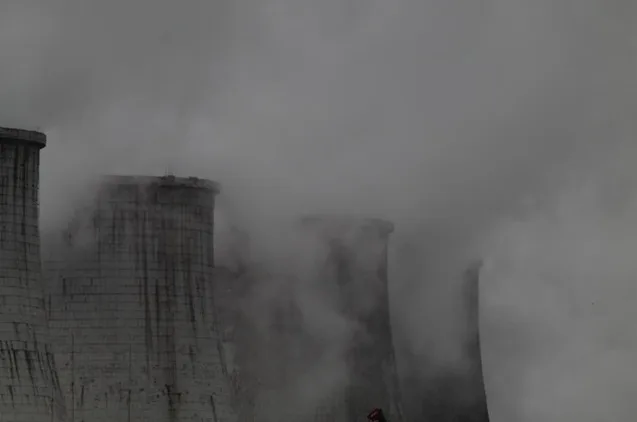Within the realm of industrial production, managing heat levels is paramount. Cooling towers serve as the backbone for heat regulation, ensuring processes operate within safe and efficient parameters. They help maintain the longevity of machinery, optimize manufacturing processes, and play a crucial role in industries ranging from power generation to petrochemical facilities. Understanding how these systems work and the benefits they bring can substantially impact operational costs and environmental sustainability. Below, we delve into the intricacies of cooling towers and their significance in the industrial landscape.
Understanding the Importance of Cooling Towers in Industrial Heat Regulation
Cooling towers are essential components in many industrial operations. Their primary function is to remove excess heat from a process or the atmosphere and dissipate it, usually to the surrounding environment. By doing so, they help prevent overheating of machinery and equipment, which can lead to inefficiencies, breakdowns, or even catastrophic failures.
These systems operate on the principle of heat exchange, whereby warm water from industrial processes is cooled through contact with air. By providing a method for recycling water used in industrial processes, cooling towers contribute to both water conservation and the prevention of thermal pollution in natural water bodies.
The maintenance of consistent operation temperatures is pivotal. Not only does it directly impact the operational expenditure by reducing energy consumption and water usage, but it also indirectly affects the longevity and reliability of the cooling equipment itself, such as the industrial cooling towers responsible for heat dissipation.
Types of Cooling Towers and Their Applications in Industry
Cooling towers come in a variety of designs, each suited to specific applications and operational scales. For example, counterflow and crossflow cooling towers provide different approaches to how air interacts with water within the structure. Counterflow towers direct air vertically upwards as waterfalls, while crossflow designs pass air horizontally through the falling water.
Choosing between a natural draft or a mechanical draft tower also impacts operational efficiency and cost. Natural draft towers rely on the buoyancy of hot air to circulate without the need for mechanical assistance, while mechanical draft towers use fans to force or draw air through the cooling structure.
Other considerations when selecting a cooling tower include the available physical space, the quality of water, and the specific heat loads required by the industrial process. From large hyperboloid structures dominating the skyline of power plants to modular units situated atop commercial facilities, each configuration offers distinct advantages.
Optimizing Cooling Tower Efficiency for Better Heat Management
To optimize the performance of cooling towers, regular maintenance, and operational adjustments are necessary. This ensures the reliability of the cooling process and minimizes energy consumption. Strategies for optimization include implementing variable speed drives on fans and pumps, which can adjust the cooling capacity based on real-time demand.
Moreover, the choice of fill material within the cooling tower and the design of the water distribution system greatly impact efficiency. High-quality, durable fills can improve the heat transfer process, while an evenly distributed water flow can prevent dry spots and maximize air contact.
Industry professionals also employ advanced controls and automation technologies to regulate the function of cooling towers. These systems can optimize the balance between cooling needs and energy usage, often resulting in significant operational savings. Automatic chemical dosing and water treatment are integral parts of such systems, ensuring consistent water quality and system integrity.
Challenges and Solutions in Cooling Tower Maintenance and Operation
Cooling tower systems, while essential, come with their own sets of challenges. The build-up of scale, biological growth, and corrosion can adversely affect performance and lifespan. Routine inspections and a proactive maintenance schedule can identify and mitigate these issues before they escalate into major problems.
The balance between water treatment chemicals and the preservation of equipment is delicate. Employing automated monitoring can offer fine control over chemical levels, reducing the risk of damage from over-concentration or the ineffectiveness of under-dosing.
Weather conditions also present a challenge for cooling towers. The impact of freezing temperatures, storms, and even wildlife can be mitigated through protective structures and the use of high-quality construction materials. Consideration for the local environment is paramount during initial design and installation to avert preventable setbacks.
Altogether, cooling towers are indispensable in the realm of industrial heat management, offering a fine balance between performance and efficiency. By understanding their operation, types, and the challenges associated with their maintenance, industries can invest wisely in these systems to secure long-term operational stability and sustainability.

